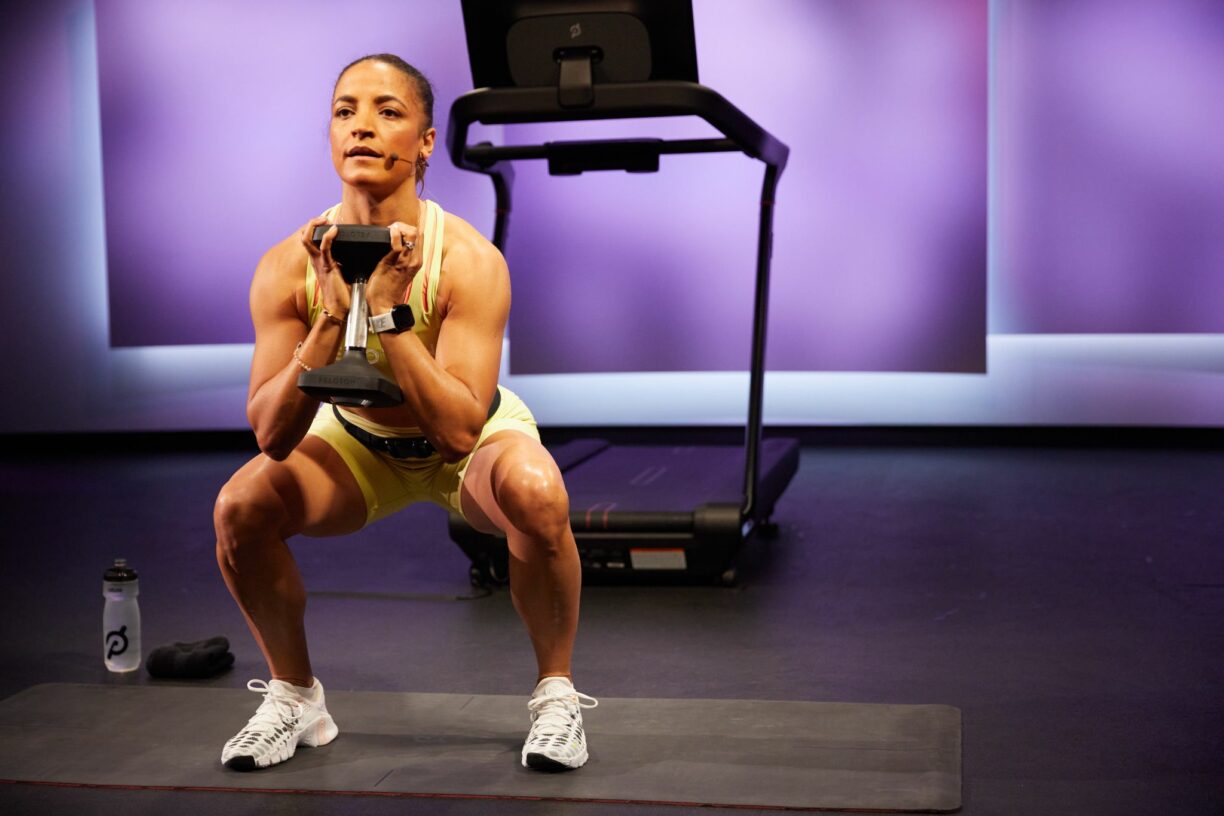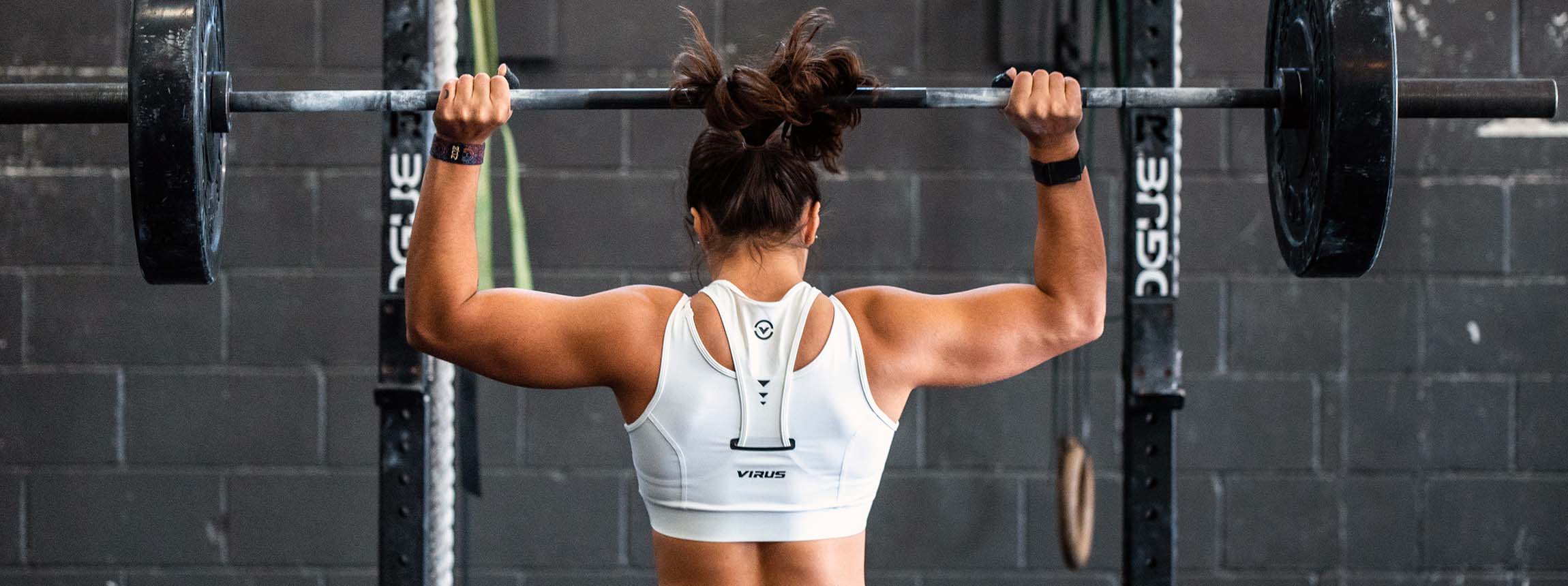For individuals eager to embrace the world of football or rev up their game for the upcoming season, Peloton has your back.
Step into the limelight with instructor extraordinaire Joslyn Thompson Rule, who has meticulously crafted a lineup of powerhouse tips and exercises, all fuelled by the spirit of the England Lionesses recent performances.
These expert insights are designed to supercharge your performance on the field, whether you’re a newcomer or a seasoned player ready to make your mark.”
Cardio Time
On average, a Premier League football player will run up to 10km per game. While you may not be starting in Midfield just yet, cardio fitness is essential for anyone getting into the game. Joslyn has shared her top tips for building cardio fitness:
- Endurance Workouts – a great way for footballers to build general cardiovascular fitness. Workouts from 30-60 minutes are ideal at a relatively low intensity so they are not too taxing and easy to maintain an easy pace over the longer duration. These can take the form of running, swimming, rowing, cycling etc.
- Interval Workouts – build on fitness base enhancing both speed and endurance. Time intervals of a higher intensity are followed by lower intensity recoveries and can take many different formats. Keep your workouts both varied and fun, a 20-30 minute session is both time efficient and effective. These can take the form of running, swimming, rowing, biking etc.
- Tempo Workouts – 15-30 minute workouts, pushing at an intensity that is greater than endurance workouts, but slower than interval work pieces. The idea is that the pace is fast enough to be a push but not so fast that it is unsustainable for the designated time. Such training helps to improve your lactate threshold.
- Cross-training – continue to build your fitness whilst not always doing the same modality. For footballers who predominantly run throughout a game, cycling, rowing or swimming are a nice alternative to running. Varying modalities, reduces overuse injuries and provide a nice variety to the training week.

Building Strength
Not only are footballers running for a prolonged period of time, but matches will also see them using explosive strength to sprint, jump and change direction. Joslyn has provided her top tips for building strength for these moments:
- Mobility Workouts – Taking the time to do mobility drills in preparation of a big game, such as ‘kneeling adductor stretch with thoracic rotation’ gives you access to building strength via greater joint and movement mobility
- Core Focused Workouts – Planks, pallof press and deadbugs are a great way to build core strength and movements that translate directly into football. They are less taxing than other bigger compound strength moves and so can be incorporated several times per week without detracting from more focused football skills sessions, heavier strength work or cardiovascular fitness building.
- Unilateral Movements – As a multi-directional sport, lunges, lateral lunges and single legged russian deadlifts are great for building strength and stability for football. This can be slower pace work to work on strength and stability, or more dynamic in the form of jumps to work on explosive power, both essential for football.
- Bootcamp – Incorporate both strength and cardiovascular fitness in the same workout to improve strength. The balance between the two requires you to maintain good form in strength, even when tired and vice versa. If you miss a strength session or a cardio session in any given week, a bootcamp combining the two is a great way to continue to keep quality work in
Stretch it out
There’s no point in all the hard work off the pitch if you’re going to get injured as soon as you step on it. Stretching is one of the most agreed upon ways to avoid injury by ensuring that joints are mobilised ahead of this multi-directional sport.
Joslyn has shared her top tips for stretching:
- Adductor Stretch with Thoracic Rotation – a must for footballers, as groin injuries are common
- Forward and back, side to side leg swings – a great way to activate your glute muscles, hip joints and quad muscles
- Scorpions – a nice rotational stretch and also a really nice way to open up the front of the body
